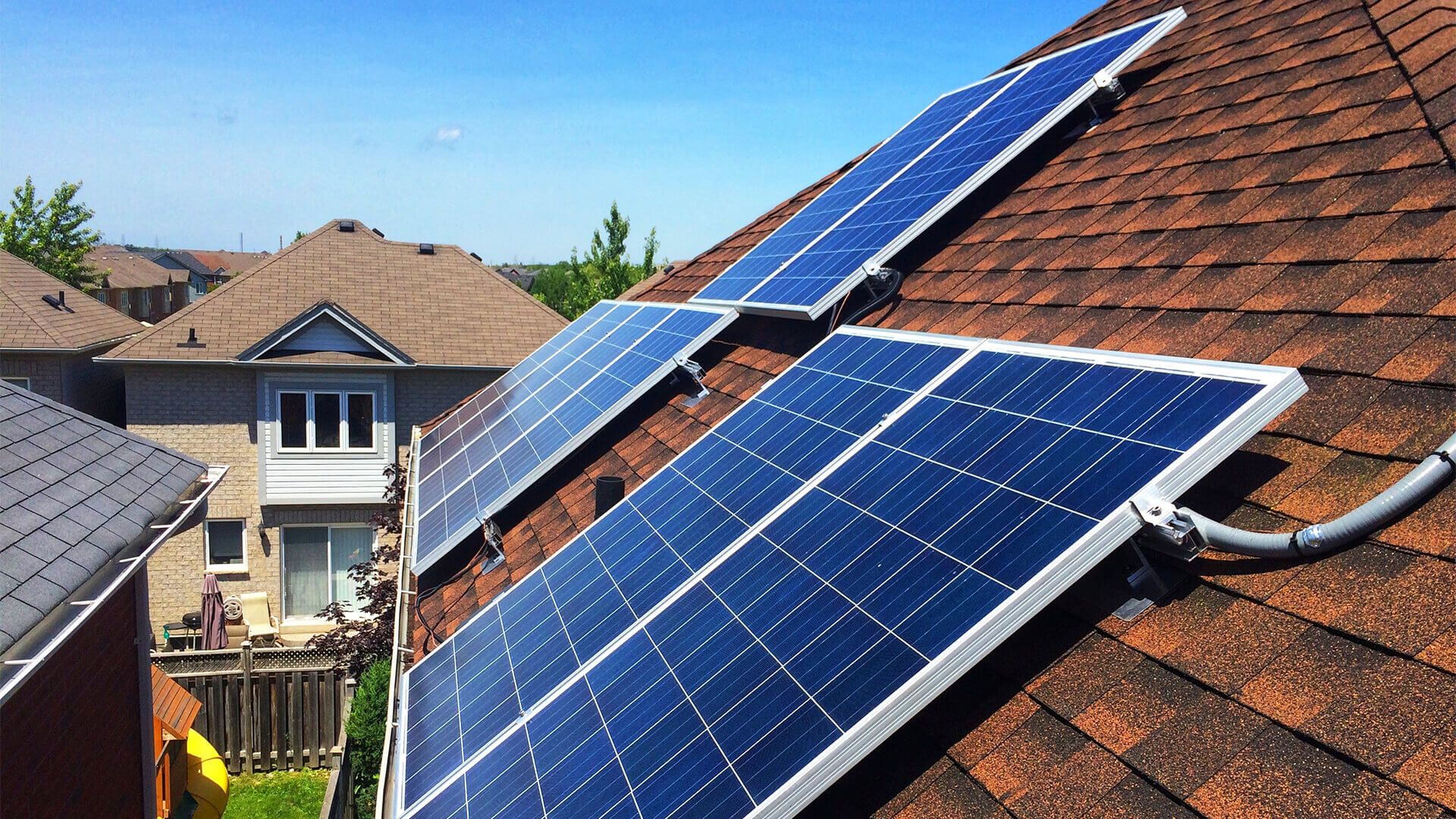
In this article, we'll explore the topic of things that are electrical. This article will be about electricity, static electricity, and electric motors. In this article, we will also discuss how electricity and magnetism relate and how to identify electric phenomena. These phenomena are described by Maxwell's equations.
Electricity
Things that are electrical are those objects that use electricity. An example of an electrical device is a car battery. It works by storing and transferring electricity. Electricity can be applied to many living cells. Even bacteria can feed off of electricity. This is a bit like Frankenstein's monster, but it's real.
Two types of electricity can be classified: current and static. The most common type is current. It occurs when opposite charges build up on objects separated by an insulator. This electricity will exist until the opposite charges find a balance.
Static electricity
Static electricity is formed when two electrically connected surfaces come into direct contact. It can happen when liquid flows past the walls or droplets in air. Also, it can occur when people interact with each other. Although static electricity might not appear to be dangerous, it can pose a problem in electronics. Static electricity can damage the electrical system in a car and can make someone unconscious. You can minimize the effects of static electricity upon your electronics.

If static electricity isn't treated correctly, it can be dangerous. If a negative charged is not removed properly, it can build up and cause damage to objects. A shoe rubbed on a carpet could generate static electricity that can cause a shock if it is not properly discharged. Objects with opposite charges attract each other, while those with the same charge repel one another. It is possible to prevent damage to your electronics and life by understanding static electricity.
Motors powered by electricity
Electric motors convert electrical energy to mechanical energy. An electrical current flowing through a motor creates magnetic fields. These magnetic fields are found in the stator and rotor. The rotor is caused by these magnetic fields to turn against each other. This motion is called "torque".
A DC power source supplies the motor with the required electric current. The power is then transferred through the wire to a commutator. This is a metal ring that has been divided in half. The current flowing through the coil is then reversed at the commutator. This creates a magnetic field or magnetic flux that causes the motor's to turn.
Static bacteria
Static bacteria is a type of bacteria that is electrical and does not move. They live in water, and they use the electrons they have collected to power themselves. This ability has practical uses on Earth such as cleaning contaminated groundwater. They could also be used to build self-powered useful devices.
These bacteria can generate electricity through the transfer of electrons between cells. This process is known by extracellular electron transport (EET). To study the electrochemical activity of bacteria, all previous methods involved growing large amounts of cells and testing for EET proteins. This can be very time-consuming and can even cause cell damage. Assoc Professor Buie explored the possibility of creating more efficient methods for measuring bacteria's electricity in order to speed up and make it less invasive.

Electric bacteria
The basic function of electric bacteria is to consume electrons at varying energy potentials. This allows them not to need sugars or any other nutrients. Geobacter is one of the most well-known types. Shewanella is another. You can find these bacteria in the ocean, soil, and under the skin of plants and animals. You might have seen them before.
The electric bacteria feeds on the naked electricity of metals and rocks and can then harvest electrons. They have been found in ocean environments and have even been isolated from marine mud. Biologists have been working to encourage more bacteria to thrive on rocks and marine soil. They have also grown bacteria on battery electrodes to demonstrate their ability to harvest electricity.
FAQ
What's the purpose of the service contract?
A Service Agreement is a contract that defines the terms and conditions under which a customer can purchase goods from your company. It also describes how you will offer those services to them as payment.
The most common form of this document is called a Sales Order Form. Here you will list the items being purchased and their prices. The order will also include any additional items, such as delivery costs, VAT, insurance, and so forth. You also specify the delivery and payment dates.
You can use different documents depending on the nature or transaction.
Invoices may be used instead if you're providing a service, rather than selling products.
If you are buying something from another person, you would likely use a Purchase Order Form.
Make sure to include all necessary information when you are creating a sales form.
Remember: The more detailed your sales order form is, the easier it will be for the buyer to understand.
Are there any additional things I need to consider?
Yes - check your local laws regarding the types of projects you can undertake and the conditions you need to meet. Some states require you to get approval from the council to build. Other states require that you notify the council of your plans. For more information, consult your local authorities.
What is a Standard Contract Form?
A standard contract template is one way to create contracts. These templates typically include all the elements required for creating a contract such as the date and time, the place, and the parties.
It is possible to modify standard contracts forms to suit the needs of individual clients. For example, companies might offer their standard forms of contract.
These forms might not be appropriate for all situations. These forms can help you save a lot of time.
One of these contract forms might be a good option.
Statistics
- While we offer all our high-quality services at competitive prices, we know that many who need our services are on fixed incomes, so we offer a 10 percent discount for seniors and military members. (homeservicecontractorsinc.com)
- (3) The contracting officer may provide for a contract price adjustment based solely on a percentage rate determined by the contracting officer using a published economic indicator incorporated into the solicitation and resulting contract. (acquisition.gov)
- (1) Except as provided in paragraphs (a)(4) and (a)(8) of this section, if the estimated amount of the contract or subcontract is $10 million or more, the contracting officer shall request clearance from the appropriate OFCCP regional office before- (acquisition.gov)
- (d) Contractor disputes related to compliance with its obligation shall be handled according to the rules, regulations, and relevant orders of the Secretary of Labor (see 41 CFR60-1.1). (acquisition.gov)
- (1) Ascertain the extent to that offers are based on the payment of overtime and shift premiums; and (2) Negotiate contract prices or estimated costs without these premiums or obtain the requirement from other sources. (acquisition.gov)
External Links
How To
How to Create a Good Service Agreement
You must remember two things when writing a service agreement.
First, you have to meet the needs of the customer.
You must also comply with the legal requirements of your seller.
This is why you should ensure that your service agreement covers the following.
-
Identify the parties.
-
Define what the agreement is about.
-
Specify the duration of agreement.
-
Determine whether you give any warranties.
-
Describe the obligations and liabilities of both parties.
-
Set the payment method.
-
Clearly explain how disputes will be resolved.
-
Include information about any special instructions, limitations, or restrictions.
-
Make sure that both parties sign it.
-
Include a clause saying that the agreement is understood and has been fully read before being signed.
-
It is important that you keep a copy of your agreement.
-
Once you have completed the service agreement, review it carefully before you forward it to your buyer.
-
If you find anything wrong with the agreement, contact your supplier immediately so they can fix it.
-
Send off the revised version once everything is corrected.
-
You should not sign an agreement until you receive confirmation from the buyer that they have accepted any changes.
-
Keep a duplicate of the original agreement, as well the finalized one.
-
Be aware that in some countries, a service provider is legally responsible for ensuring that their customers receive quality services.
-
Keep a log of all correspondence between you and your customer in case of dispute.
-
Professional advice is always a good idea when you are drafting a service contract.
-
The buyer can ask for changes to the contract terms once they have been agreed to.
-
When you agree to a change request, always check if it is acceptable to you first.
-
Never accept a change request without first checking.
-
Tell the customer why you don't want to accept the change.
-
If they still don't agree, inform them that it is unacceptable.
-
Refuse to sign the contract if the customer refuses to agree to your decision.
-
If your customer accepts, then you can move forward with the contract.
-
You should agree to any changes to your contract terms.
-
You should ensure that the contract is thoroughly reviewed before you send it off.
-
Also, ensure that the law is followed.
-
Send the contract to the buyer after you have completed it.
-
Final note: Keep a copy the contract completed for future reference.
-
You could lose money if you fail to comply with any of these simple rules.
-
It doesn't take much to draft a quality service agreement.
-
The more detailed, the better.